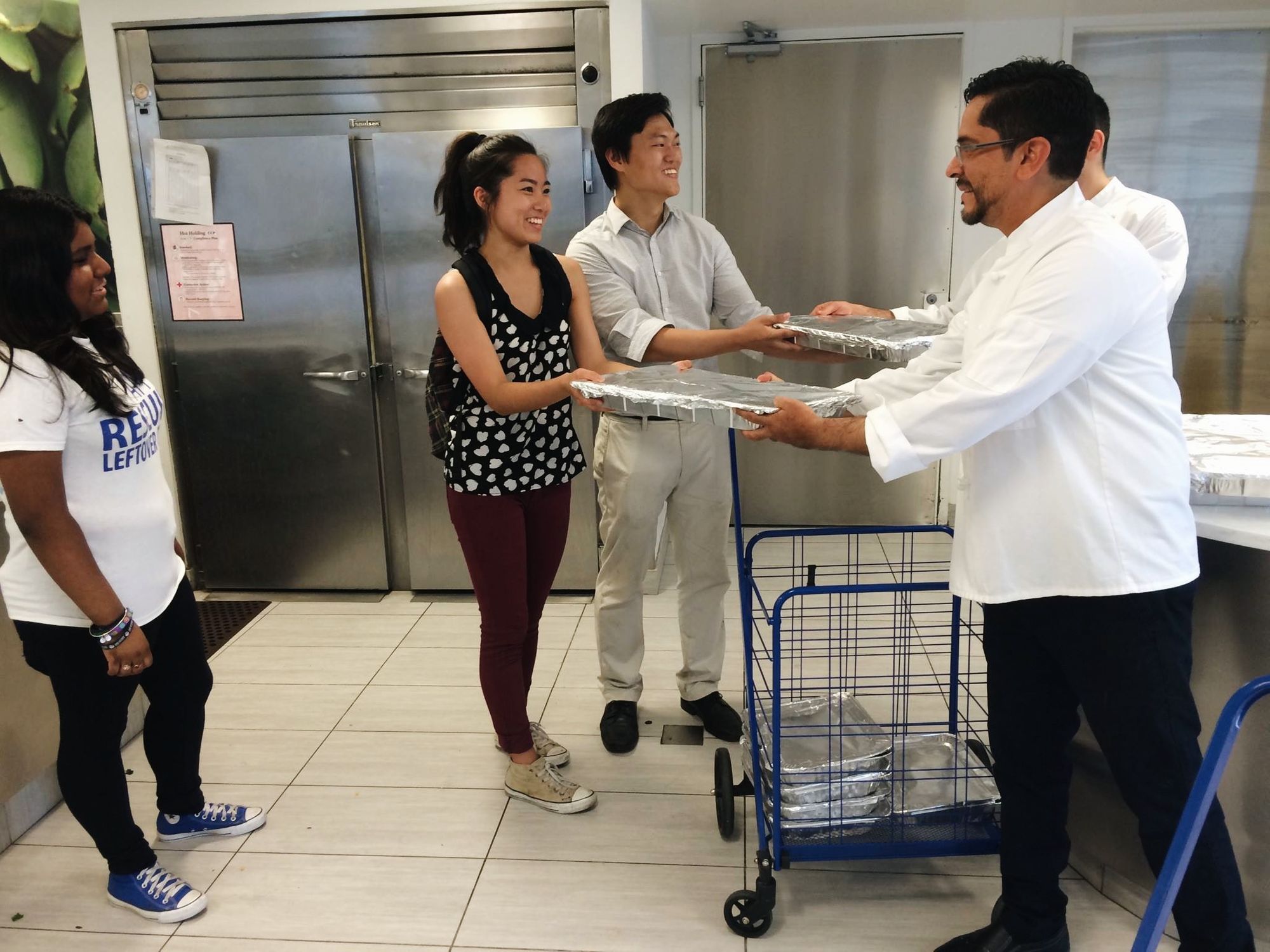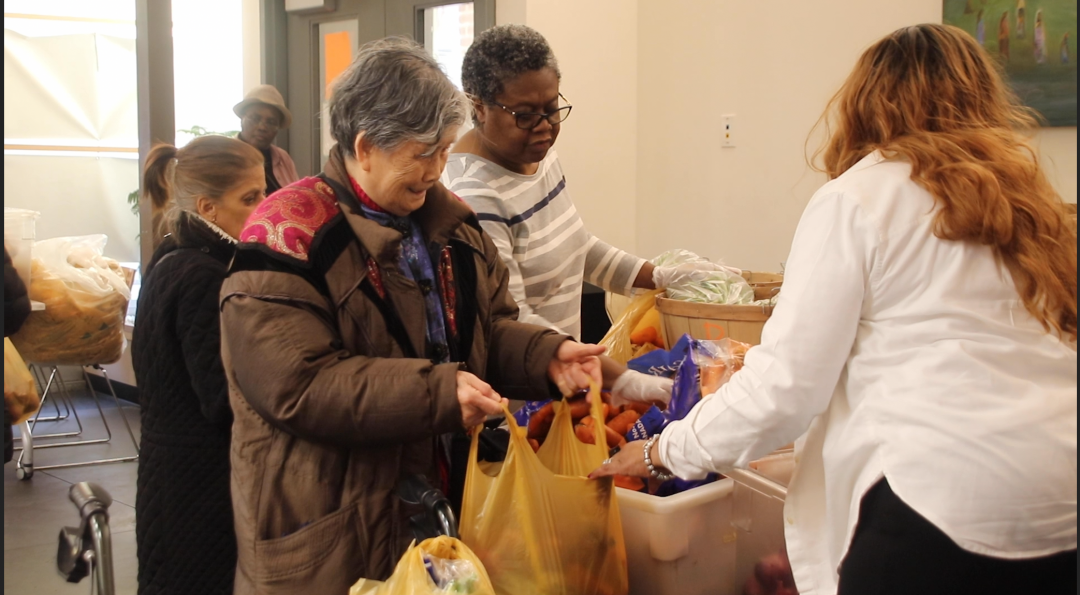COMBATING FOOD WASTE – A STORY FROM RESCUING LEFTOVER CUISINE
What if every bit of food waste you produce in your lifetime was stored somewhere and saved for you to eat in the afterlife; every crust of bread, every half-eaten apple, every restaurant meal that you over-ordered but didn’t finish – no matter how unpalatable?
Robert Lee was raised to appreciate the value of food. His parents would tell him that all wasted, uneaten food is accumulated over each person’s lifetime and that each must atone for that wastefulness by consuming every last morsel after death. Although Robert understands this belief as superstition, he got the point.
When his family was struggling as Korean immigrants in Queens, New York, he knew what it was like to be short on food and to often see his parents give up their portions so he and his brother could eat.
“There would be times when my parents would just watch us eat,” Robert says, “and they would skip meals.”
As he got older, it pained him to see schoolmates and colleagues throw away perfectly edible scraps of food. The sum of these personal experiences gave him a desire to ensure that nobody went unnecessarily hungry while food was wasted by the ton. Fueled by this passion, he co-founded Rescuing Leftover Cuisine (RLC), a New York-based non-profit food rescue organization.
A “WIN-WIN-WIN” SCENARIO
A pivotal moment in Robert’s life came when he joined a club that took excess food from his college dining halls to local homeless shelters. This is how he learned the ins and outs of food waste – and what could be done about it. RLC does more than just deliver food from restaurants and shelters, though. They also consult restaurants on the legal and tax implications of food donation.
Many restaurants are eager to help but don’t always understand what they can do legally. Robert, now CEO of RLC, points out that just making sure restaurants know that they can safely give away their excess food makes a big difference in solving the problem.
“The 1996 Bill Anderson Good Samaritan Act protects food donor partners from legal liability,” he says.
RLC’s work has a potentially wider impact than it might seem. Robert cites the staggering statistic (from a 2015 National Resources Council report) that an estimated 40% of food produced in the United States is wasted while over 40 million Americans (1 in 7) suffer from food insecurity.
The water, land, and energy which are also wasted in the process of producing unused food and the food which is rotting in landfills is generating a large amount of methane – a greenhouse gas.
So, the simple act of repurposing perfectly good food that would otherwise be disposed of anyway has a powerful three-pronged effect. It helps reduce food insecurity for the most vulnerable in society; it ensures more efficient use of energy and natural resources; and it cuts down on human production of greenhouse gases which is good for the long-term state of the environment.
CREATING A MOVEMENT
In true B1G1 fashion, Robert has great ambitions for his organization but recognizes the power of starting small, and in the cumulative effect of individual choices. When everyone does something simple, even just in the course of everyday activities, the results can be profound.
Easy but conscious actions like picking up trash while walking results in clean streets. Likewise, being aware of what a restaurant does with your uneaten food (just ask!) can lead to conversations that convert restaurants into food rescue partners, one at a time.

Robert encourages New Yorkers to engage restaurants in just such a manner, hoping to eventually get the whole city participating.
“If we can figure out New York City,” he says, “we can expand to all of the different cities and continue to grow beyond what we’re doing here.”
RLC hopes to become a movement, planning to double its coverage of New York restaurants each year until the problem is under control. By focusing on adding two or three restaurants to the program each week, they believe it’s a realistic goal.
RLC has already rescued nearly three million lbs of food since it started the program, serving over two million meals to those in need- and the numbers are growing steadily each year.

In the end, Robert knows that the biggest challenge is getting people to change their perceptions. But one volunteer and one restaurant at a time, he is making a difference in his own back yard.
